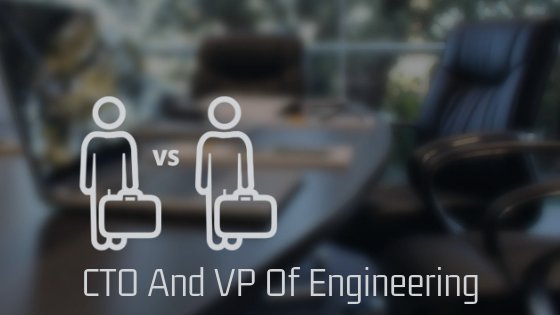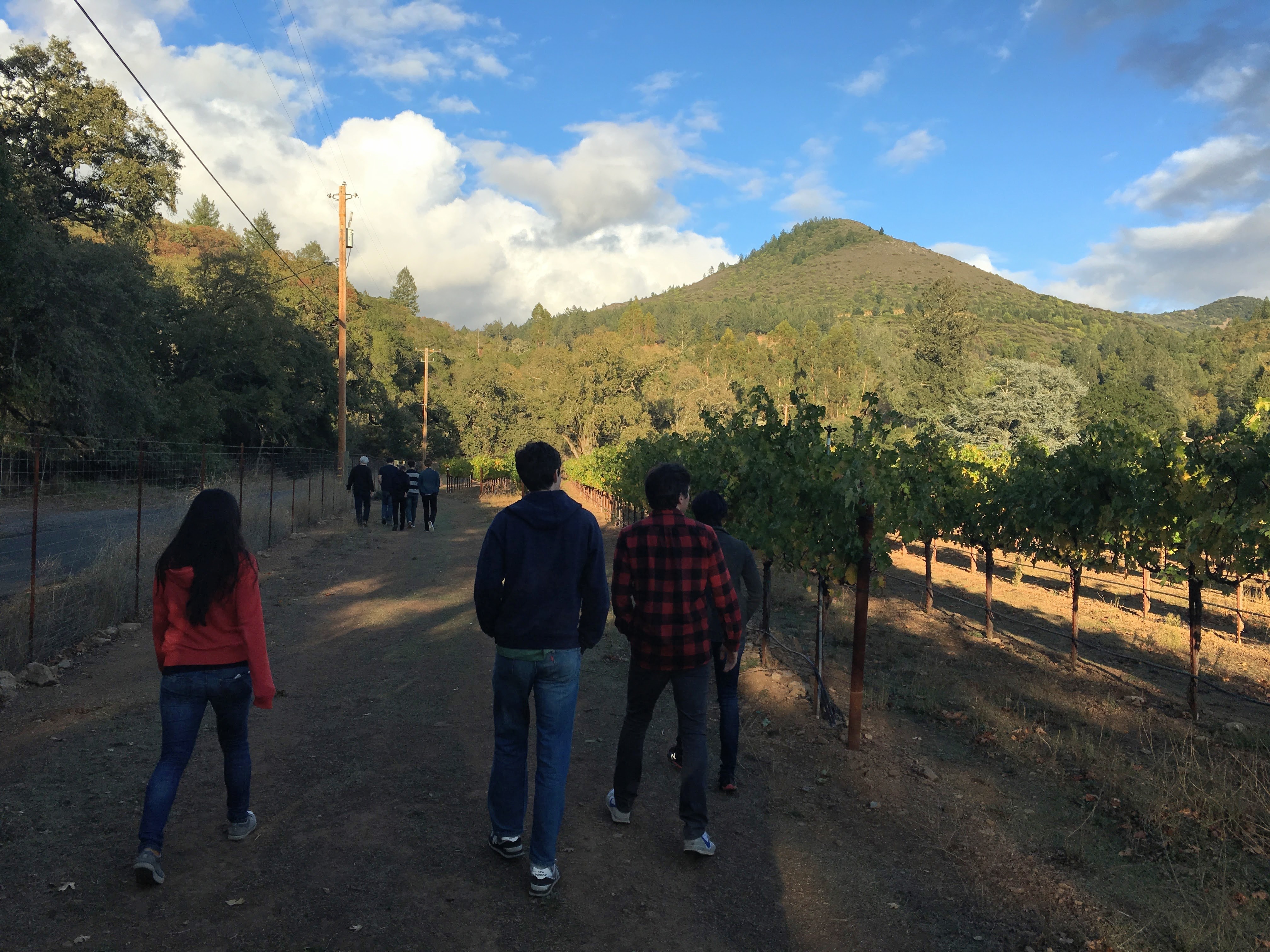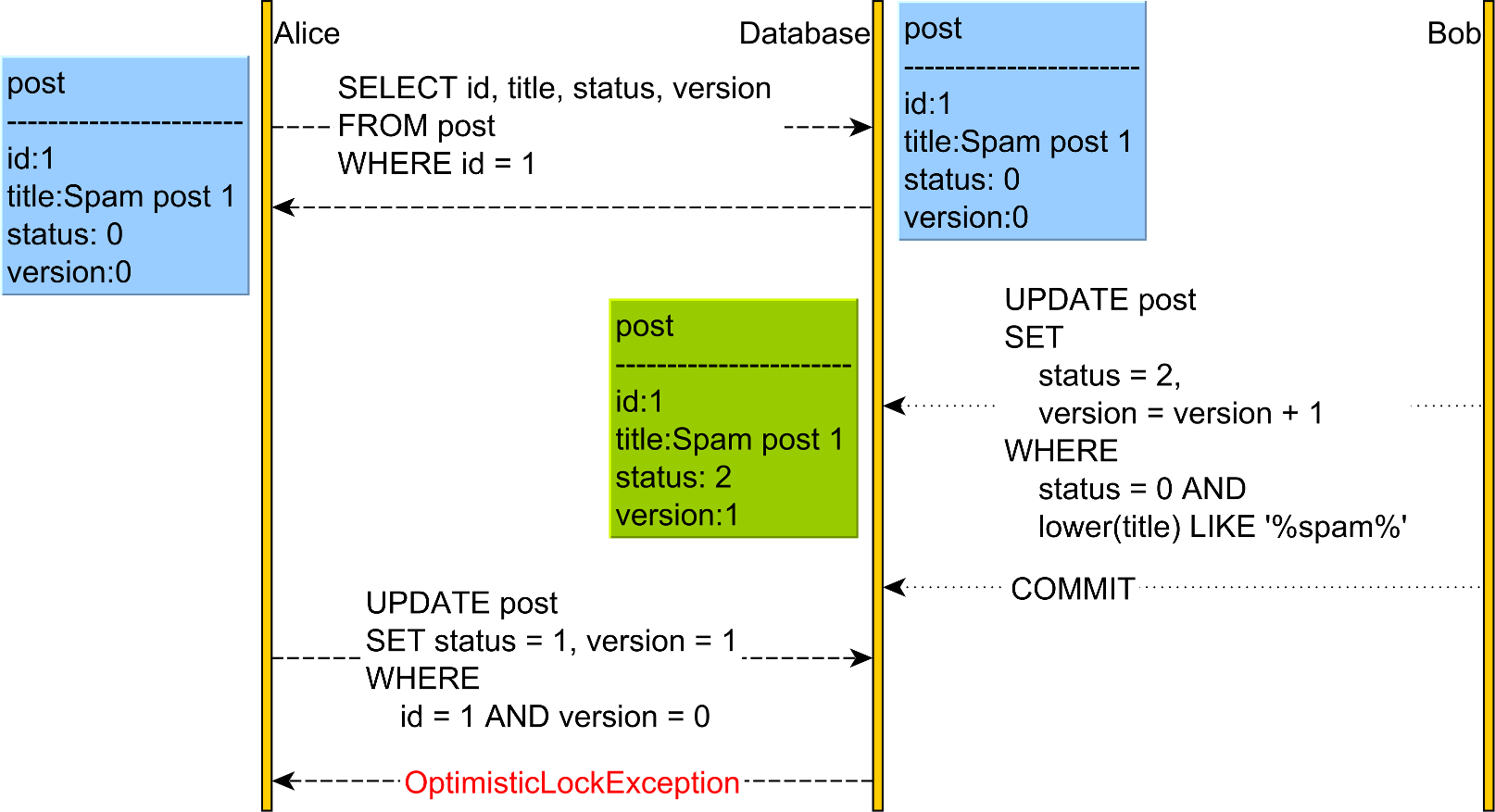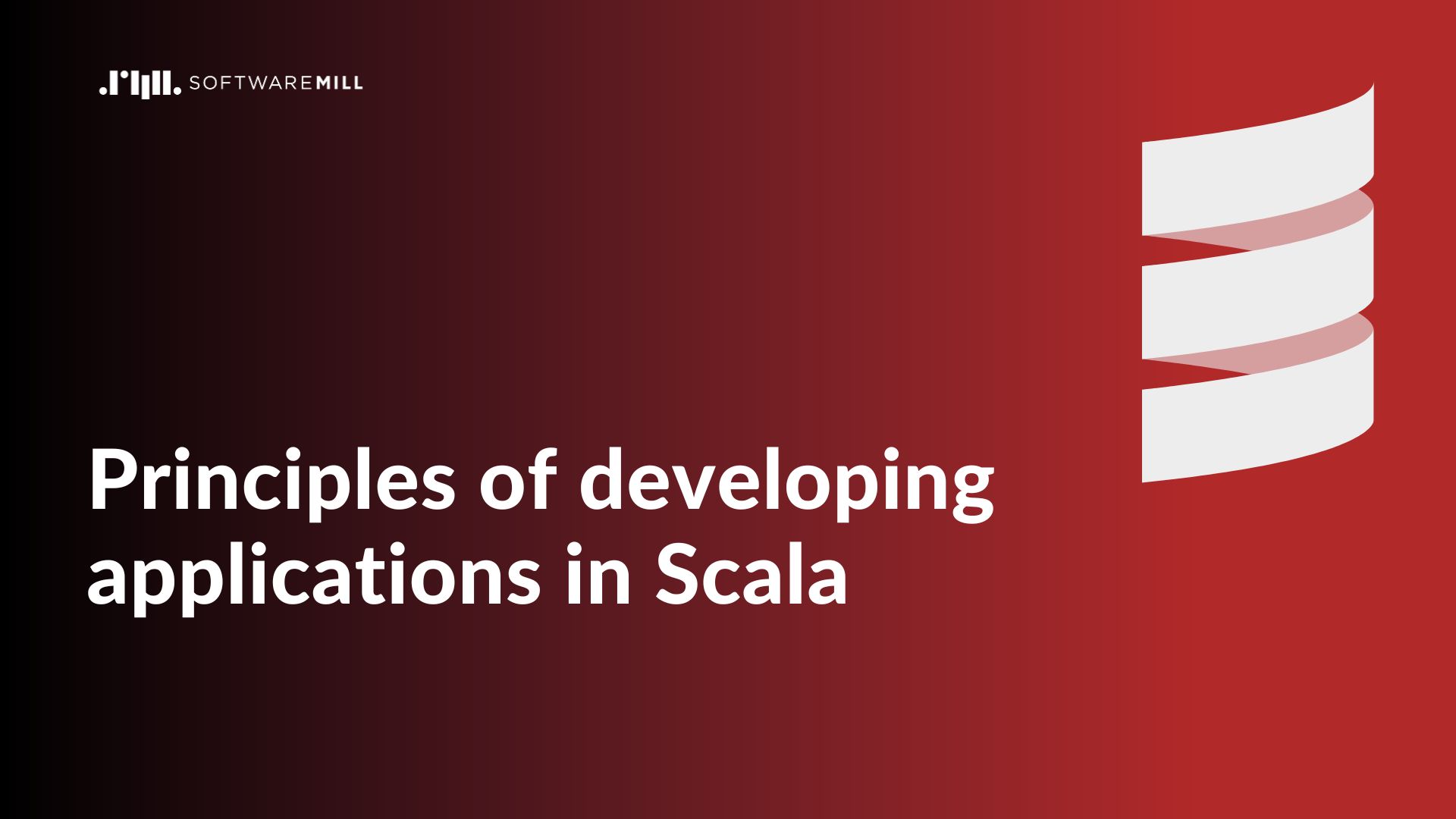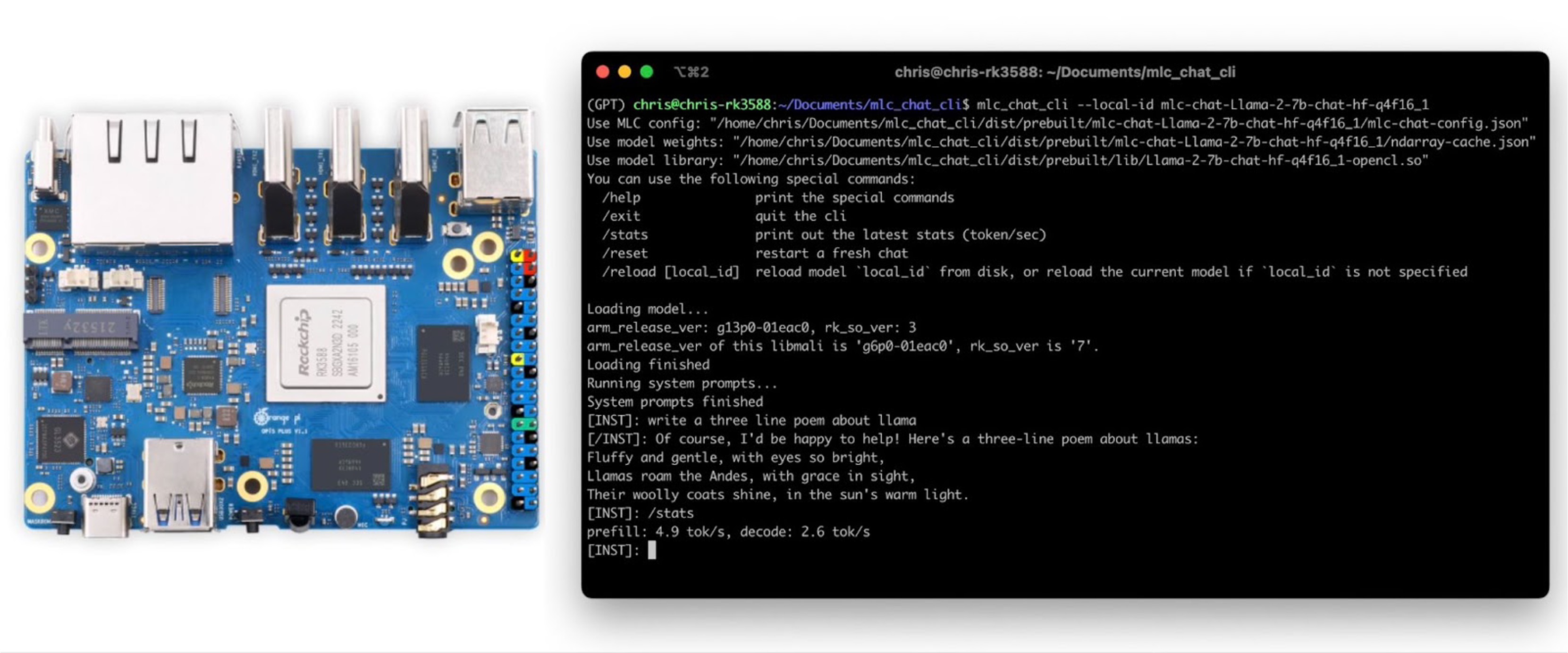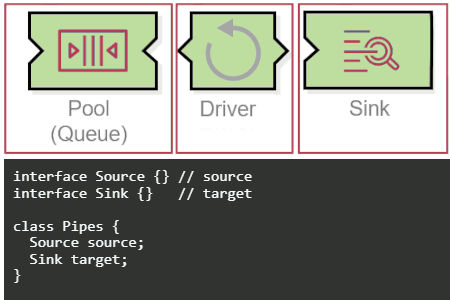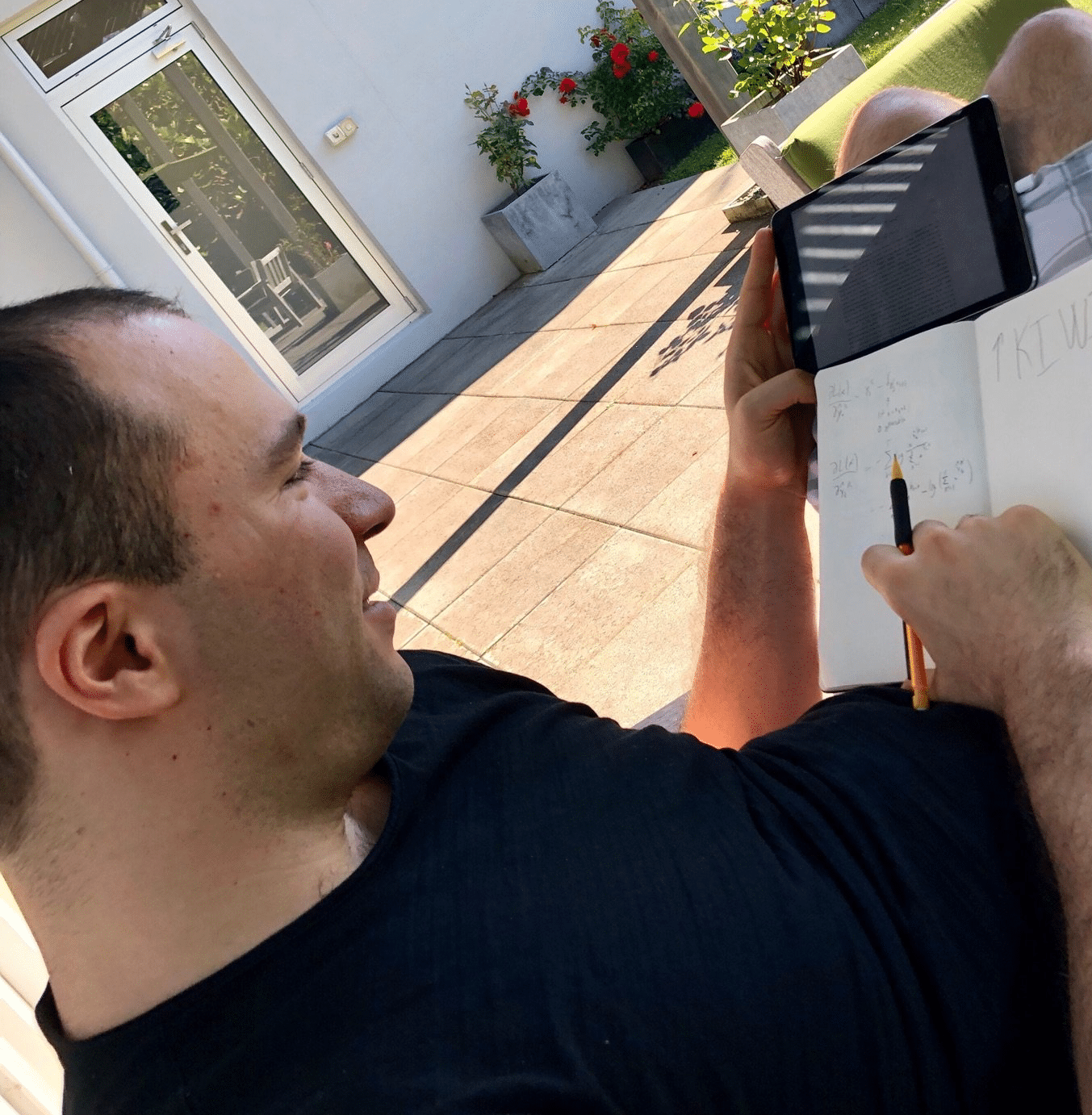
How I became a machine learning practitioner
Studying machine learning during the 2018 holiday season. For the first three years of OpenAI, I dreamed of becoming a machine learning expert but made little progress towards that goal. Over the past nine months, I’ve finally made the transition to being a machine learning practitioner. It was hard but not impossible, and I think most people who are good programmers and know (or are willing to learn) the math can do it too....
